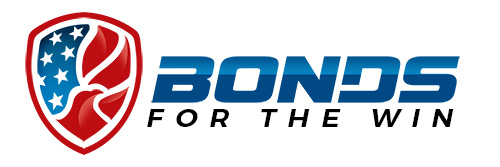How are state governments organized? The Governor is the head of the state. When a Governor swears an oath of office the Governor will present the Secretary of State an insurance policy for the State. The insurance policy will include a Surety Liability clause in the policy. Normally it is up to the Attorney General to determine the amount of the surety liability the Governor must have for members of the state that are under him. There are times that this will cover the county, city and towns unless they are required to have their own surety liability policies or be self bonded.
At the State level the Revised Codes of each state will determine who is bonded or falls under the Governor’s State Bond.

The State Board of Education is allowed to accept all State and Federal Funds. The state’s revised codes have a set of laws defined that the State Board of Education must follow.
The State Board of Education also has a set of Revised Codes or laws they have written.
The State Board of Education is responsible for all Charter Schools in each county and all District schools in each County.
State Board of Education – elected and appointed do not fall under the governor of the state. State boards of education are different in every state and have diverse policy authority. Some are created by the state constitution and others by statute. Some of their members are elected; some are appointed. In many states, it is the state board who selects the state education chief. In others, it is the governor. In 45 states, the state board adopts learning standards that all students are expected to achieve. In 31 states, state boards have primary authority over state summative assessments. In addition, most SBEs have the following authority:
Regardless of their level of authority, all boards and board members have three important powers: (1) authority for adopting and revising policies that promote educational excellence and equity, (2) convening experts and stakeholders to serve as a bridge between policymakers and citizens, and (3) the power to raise questions as the citizens’ voice in education. State boards leverage these combined powers to act boldly with and for students, educators, and families
At the County Level each county is required to obtain their own surety liability for the County of the State.

The state revised codes will determine who needs to carry a bond.
At the county level they will determine if the surety liability they carry will cover certain elected or appointed officers and if any or all of them will need to carry their own bond.
Each city and town will carry a bond if required by their statutes.

In the statutes for each city and town it will indicate who is covered. The statues will indicate the elected or appointed officer(s) who will carry their own surety liability or bond.
The charter schools and district schools falls under each city and town. Depending on the State statues and codes plus the city statues and codes will determine how school board members and superintendents are bonded.
Many school boards carry a surety liability policy for all board members. Other times each board member must carry their own surety liability bond. In most cases the Superintendents at all levels of State, County, City and Town are self bonded and must carry their own surety liability bond.
Though illegal, district school boards for cities and towns often write their own set of revised statutes that they follow. They enact these statutes and vote on changing them during their board meetings. In some states the District Board of Education will post the statues online for you to read.
